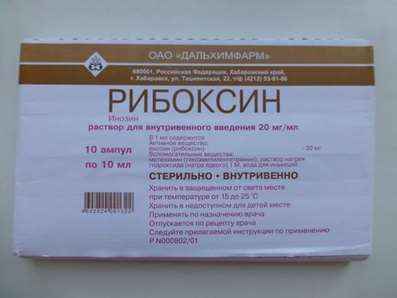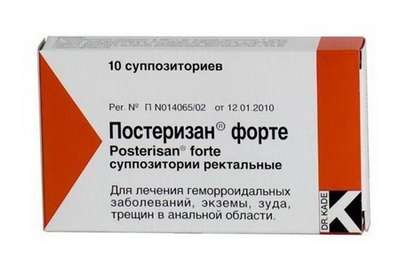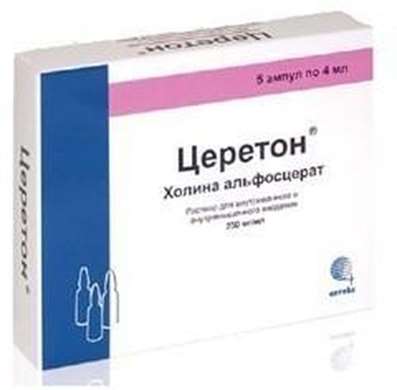Coluracetam
27 Dec 2016
Pharmacological group: nootropics
Coluracetam (MKC-231) - Racetamic drug that improves cognitive function. It promotes the efficient absorption of choline in the case of violation of this process, however, nootropic effects of the drug are not currently confirmed.
Overview
Coluracetam (MKC-231) - a synthetic Racetam, which is considered neuroprotective compound. This material was not fully understood, but its mechanism of action (and structure) is very different from other racetam such as piracetam and aniracetam. Coluracetam probably affects the process known as the high affinity uptake of choline, which is a limiting factor in the speed of transport of choline neuron for the synthesis of the neurotransmitter acetylcholine. Increasing the rate of absorption of choline increases the cholinergic neuronal activity, which is a desirable goal to improve cognitive function. In a study in rats (at the moment of research in humans has not been) used a very low dose oral Coluracetam to keep the absorption of choline, specifically delayed for investigation by special agents. The few studies that were conducted to identify the impact on the absorption of choline Coluracetam did not yield any positive results. Coluracetam relationship was also identified with the choline transporter, but the nature of this relationship is unclear. In general, at the moment there is not enough data to confirm the hypothesis about the use of the drug for improvement of cognitive function. Further studies to identify therapeutic role in Coluracetam when choline uptake may be difficult (for example, Alzheimer's disease). Other names: MKC-231, BCI-540, 2- (2-oxopyrrolidin-1-yl) -N- (2,3-dimethyl-5,6,7,8-tetrahydrofuryl [2,3-b] quinoline 4-yl) acetoamid
The form of Coluracetam
- Racetam
- Nootropics
Coluracetam: instructions for use
The studies used mice 300-3000 mcg dosage per kg body weight orally, which corresponds approximately 48-480 micrograms per kg weight of human or 3,2-32,7 mg to 68 kg weight. The time to reach maximum concentration in blood was 30 minutes, the concentrations decline occurs within 3 h. Therefore, the drug may depend on the time of human activity.
Sources and structure
sources
Coluracetam (full name 2- (2-oxopyrrolidin-1-yl) -N- (2,3-dimethyl-5,6,7,8-b-tetragidrofuro2,3 quinolin-4-yl) acetoamid, also known as MKC -231 or BCI-540) - Racetam, considered a nootropic compound that improves cognitive function. Coluracetam - a synthetic preparation of a family of Racetam for maintaining the cholinergic function, used in particular for treating Alzheimer's disease.
Structure
Coluracetam metabolized exposed hydroxylation process with 2-pyrrolidinone carbon chain, sometimes also called the metabolite M-MKC-231. Metabolite does not possess property Coluracetam (increased absorption of choline) .1) Coluracetam - pyrrolidinone highly modified backbone.
Pharmacology
serum
Coluracetam maximum concentration after 30 minutes after administration of 10 mg / kg orally is 4.289 +/- 0,641mkg / ml after 3 hours - 0.717 +/- 0,350mkg / ml, and a day - 0.037 +/- 0.010 g / ml. These have remained unchanged for seven and fourteen days of treatment. Coluracetam detected in plasma after oral administration, it achieves a high concentration of 30 minutes after administration, the concentration of decline observed after 3 hours after administration.
Neurological properties
After 30 minutes after taking it orally Coluracetam can be detected in the brain tissue (210 +/- 54 nanograms per gram weight). The substance can still be found three hours after oral administration (30 +/- 16 ng per gram of weight), but one day it disappears completely. Receiving agents within 7-14 days did not affect kinetiku.2) Coluracetam can be detected in both nervous tissue after 30 minutes after administration and three hours after the administration, but in lower concentrations. You can also like Piracetam.
Neurology
cholinergic neurotransmission
Absorption of choline with high affinity - this absorption, which plays an important role in the mechanism of acetylcholine synthesis. This process is regarded as a stage, controlling the rate of synthesis of acetylcholine. Coluracetam probably associated with these choline transporter. The rate of absorption depends on the activity of choline cholinergic neurons. Violation of choline uptake process observed in Alzheimer's disease (data on this controversial)). The synthesis of acetylcholine, choline controlled absorption process. In a study on rats, in which use of choline uptake inhibitors (such as AF64A) showed an increase in choline uptake and synthesis of acetylcholine, 4) associated with an increase in Vmax concentration (1.7 times) and Bmax (1.6 fold) at 10 nM. KM Coluracetam is not exposed, but is not disturbed by the action of the toxin AF64A. Coluracetam has no effect on choline uptake process rat hippocampal slices, since they do not affect choline uptake inhibitors, KM and Vmax in this case are also the same. Furthermore, a ligand (HC-3) associated with cholinergic receptors rats remained unchanged. Coluracetam is apparently capable of increasing the activity of the process in case of violation, but preliminary data suggest that coluracetam not possess this property. Hippocampal acetylcholine concentration that decreases due to absorption inhibitors choline is partially retained when ingested 300-1,000 ug / kg Coluracetam is more than 12 days. Upon receiving 3 mg / kg there were no strong or favorable impact. Coluracetam may favorably affect learning and memory violation that occurs in the presence of choline uptake inhibitors. It was found based on the water maze, in which rats were administered orally 1-10mg / kg. The effect at the single dose of 300-3,000 mg Coluracetam was not observed, but the presence of the substance was found in the body 12 days after admission. When you receive 1-3 mg / kg Coluracetam noted a beneficial effect on cognitive function in this model (AF64A) for two days, but in the brain tissues Coluracetam presence has not been found (no significant beneficial effect on the third day) .Odno study showed that with cholinergic dysfunction induced in rats by means of phencyclidine (a synthetic drug which causes symptoms similar to schizophrenia), receiving 3 mg / kg Coluracetam twice daily contributes less manifestation of cognitive impairment. But there was no marked effect on passive avoidance learning, and musculoskeletal changes. Coluracetam probably normalize cholinergic dysfunction in violation of absorption of choline. But at the moment no study has confirmed the effects that increases cognitive function.
Glutamine-ergic neurotransmission
Coluracetam can reduce excitotoxicity in cultured cortical neurons induced by glutamate and calcium influx, but has no effect against nitric oxide donors. The practical significance of these data is not clear, since the studies were conducted at 10 m, exceeding the dose concentration of the molecule. Coluracetam probably has a favorable effect, but these data may not be relevant, as was used in the study are too high concentration of the substance.

 Cart
Cart





